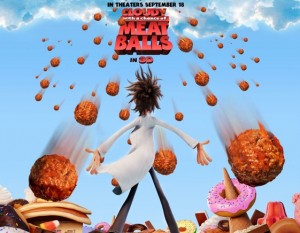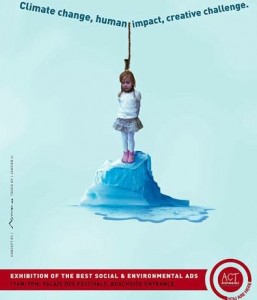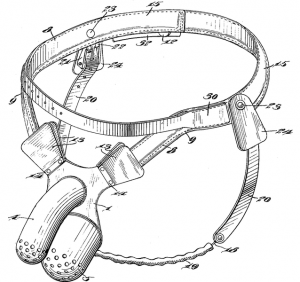Winning a battle requires identifying both the threats to your position and the position of your attackers
When radar was developed in WWII, a huge effort was expended to prevent the Nazi radar from locating Allied bombers and defeating the Nazi radar controlled searchlights and anti aircraft guns. 1in 1942, Joan Curran, the only woman resercher at the British Telecom lab, devised a plan to overload the enemy radar with a huge cloud of false returns by deploying thousands of strips of aluminium, each of which would reflect a false signal, First deployed in the joint US/RAF raids on Hamburg in 1943, the results were spectacular.
The radar controlled guns failed to fire, or shot at empty sky as the searchlights roamed in aimless patterns. Nearly all the bombers returned home unscathed. This technique of swamping radar with ‘fake’ data became known as “Chaff” The problem of a cloud of false information as a misleading tactics is a common one, not only in war, but in government, politics and policy making .The individual selected to be president has mastered the use of chaff to spread dissension and confusion to achieve his goals. He wants complete control of the media, to the extent that even the most small and petty criticism can be punished
We’ve been here before, where to quote from Supreme Court Justice Black: ”We are asked to hold that … the Executive Branch, the Congress, and the Judiciary can make laws … abridging the freedom of the press in the name of ‘national security.’ … To find that the President has ‘inherent power’ to halt the publication of news … would wipe out the First Amendment and destroy the fundamental liberty and security of the very people the Government hopes to make ‘secure’.” The case in question, New York Times Co. v. United States (1971)is a critical decision in preserving the Press freedom from prior restraint by the Government
Can we trust that the more than half a century of Supreme Court precedent will hold? While all MAGA justices at their confirmation hearings cited that 1973’s Roe v. Wade as “Stare Decisis” or settled legal precedence regarding a woman’s rights to control her own body, we all know what happened. Trump is a past master at creating ‘chaff’ that totally distracts the media from any kind of coherent, informative coverage of an issues. but it often signals to indicate a situation that he might distort by claiming it is some Democrat fault and he will, in short order, fix it.
The media have been buffeted by an inability to handle these voluminous clouds of misinformation chaff that Trump issues, to which his followers add to further obscure the truth. In previous times, The courage of Daniel Ellsberg, who released the Pentagon Papers, and the editors and staff of both the New York Times and Washington Post, all of whom risked serious jail time, in making the public aware. The documentary, “The most dangerous man in America” fully documents the public deception that led to the tragedy of the Viet Nam war.
Courage in the current media and Congress? Perhaps Mr. Bezos would care to comment on when editor, Ben Bhagdikian, would deliver copies of the Pentagon papers in a midnight hand-off under the canopy of Washington’s Mayflower Hotel. Mike Gravel, a junior senator from Alaska was the recipient of the papers, and read them into the congressional record.thus making them public. (See Americas Most Dangerous Man video at:1;02;20 on the tape.
Incidentally, I had gotten to talk at some length with Ellsberg at the presentation of the documentary at the film festival in 2010, while we awaitedsecond presentation. I asked him if he felt the 2010 media would take risks to protect the public from government lying and his answer, a chilling no is even more concerning today, as Zuckerberg gives up fact checking, newspapers give up their endorsement of presidential candidates in race to kiss the hem of the MAGA leader at Mar-a-Lago and shower him millions for his ‘coronation’ celebration.
The important thing to remember about Trump and chaff is that the purpose is to deceive.
In Operation Taxable the British deployed chaff in controlled patterns before the Normandy invasion to spoof the Germans into believing the main invasion fleet was heading to Calais, and not the Normandy site. All too often, the media is like the guns and lights of enemy defenses, waving aimlessly at the sky or invasion fleets that aren’t there
There are discernible falsehoods and non-sequiturs and impossibilities in Trumps chaff of supposed facts that must be identified and dissected to identify real targets and attacks and make them crystal clear to the public. Trumps chaff and his explanation of the brilliance of his rambling rants and speeches will be examined further in the next column, working title from Sir Walter Scott:Oh what a tangled web weave when first we practice to deceive














